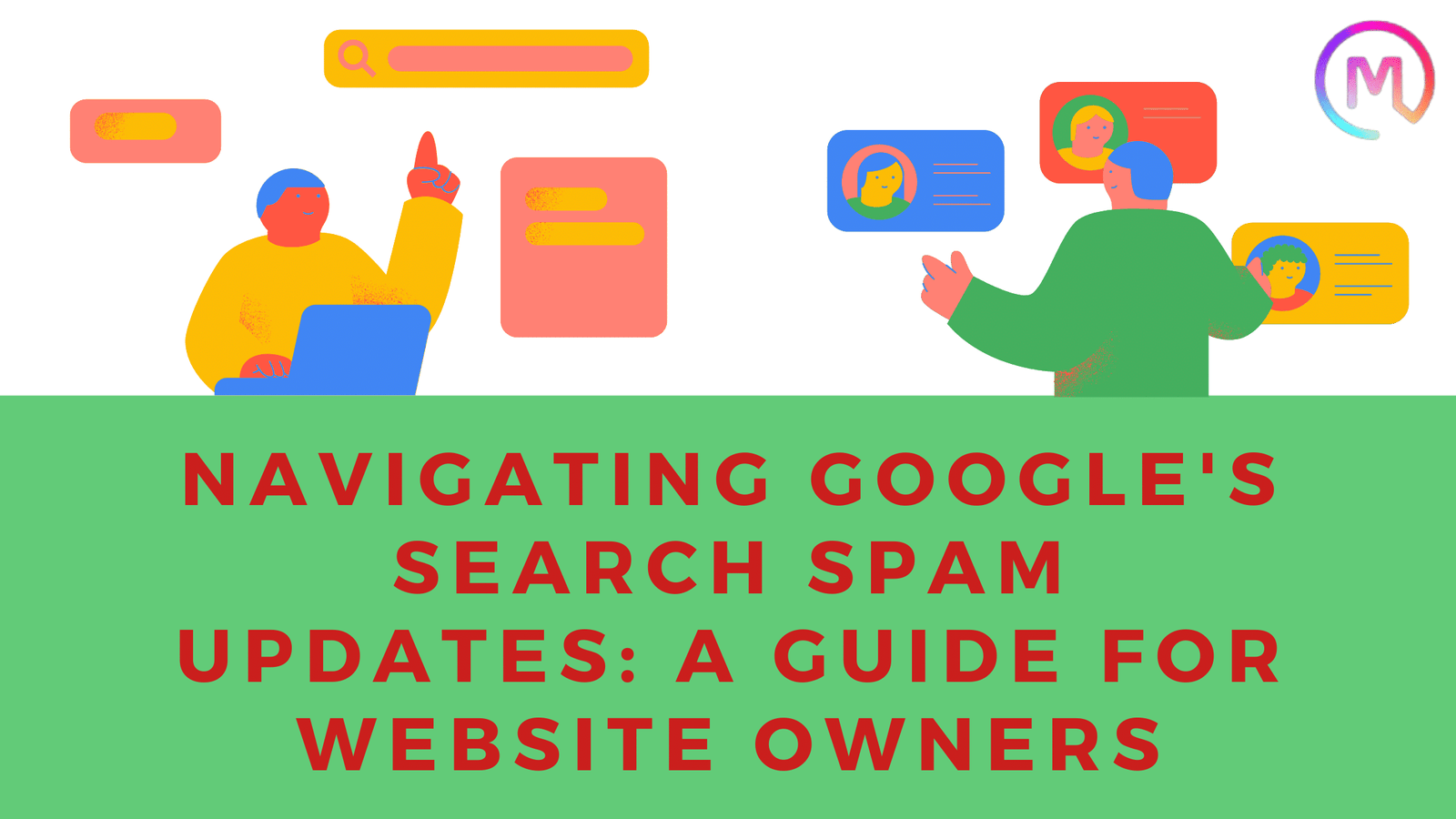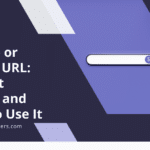
|
Getting your Trinity Audio player ready...
|
Title: Navigating Google’s Search Spam Updates: A Guide for Website Owners
Introduction
In the ever-evolving landscape of digital marketing and SEO, Google’s search spam updates stand as critical checkpoints that significantly impact how websites are ranked. As Google continually enhances its detection systems to identify and penalize spam, website owners and SEO professionals must stay informed and adaptable. This article delves into the nuances of Google’s spam updates, particularly focusing on its AI-driven system, SpamBrain, and offers guidance for maintaining site compliance and performance.
Understanding Google’s Spam Updates
Google’s relentless pursuit of a cleaner, more relevant search experience for users involves the constant refinement of its spam detection capabilities. These enhancements are periodically rolled out as spam updates. Unlike routine adjustments to Google’s algorithms, spam updates are significant improvements aimed at identifying and mitigating spam across Google Search results more effectively.
The Role of SpamBrain
At the heart of Google’s anti-spam efforts lies SpamBrain, an AI-powered system designed to identify and neutralize spammy content and practices. Since its inception, SpamBrain has become increasingly adept at detecting a wide array of spam types, ensuring that users receive high-quality, relevant search results. Continuous improvements to SpamBrain mean that it not only catches known spam tactics but is also evolving to identify new spam forms, safeguarding the integrity of search results.
Impact on Websites
The deployment of a spam update can lead to noticeable changes in website rankings. Sites found to be in violation of Google’s spam policies may experience a drop in search visibility or, in severe cases, be removed from search results altogether. Conversely, sites that adhere to Google’s guidelines may see an improvement in their rankings, benefiting from a cleaner, more trustworthy search environment.
Navigating Spam Updates
- Review Google’s Spam Policies: Website owners should familiarize themselves with Google’s spam policies to understand the practices that are considered spammy and thus penalized. This knowledge is crucial for ensuring that a site remains in good standing.
- Audit Your Site: Regular audits can help identify and rectify any elements or practices that may be viewed as spammy by Google’s standards. This includes scrutinizing content quality, backlinks, and user engagement metrics.
- Adapt to Updates: Following a spam update, it’s important to assess any changes in your site’s search performance. Identifying correlations between updates and site metrics can provide insights into necessary adjustments.
- Focus on Quality: Ultimately, the best defense against spam updates is to maintain a high-quality website that offers genuine value to users. This involves producing original, relevant content, ensuring a good user experience, and practicing ethical SEO.
Special Consideration: Link Spam Updates
Link spam updates deserve special attention. These updates specifically target spammy link practices, and websites affected by these updates might find it challenging to recover the lost ranking benefits. Google clarifies that once spammy links are neutralized, the artificial boost they provided is permanently lost. This underscores the importance of building a natural, high-quality backlink profile over time.
Conclusion
Google’s search spam updates are a testament to its commitment to providing a superior search experience. While these updates can pose challenges for website owners, they also offer opportunities to refine and improve websites. By understanding and aligning with Google’s spam policies, focusing on quality, and staying informed about updates, website owners can navigate the evolving SEO landscape successfully.

























































